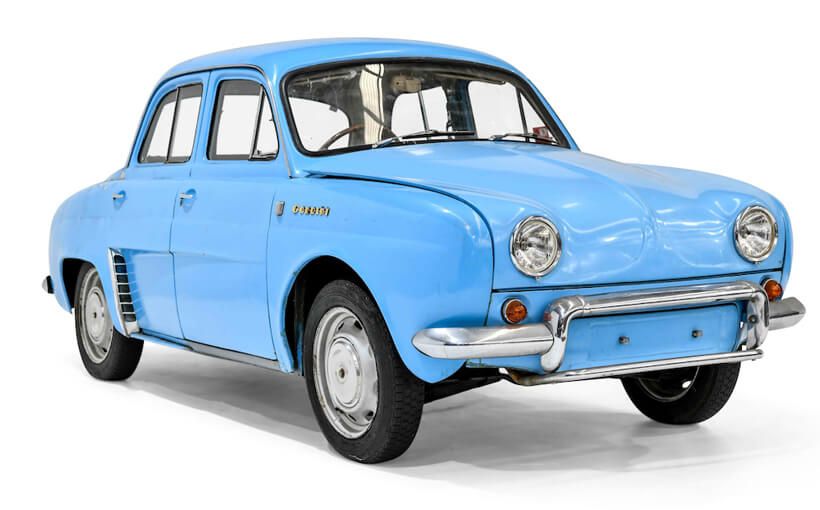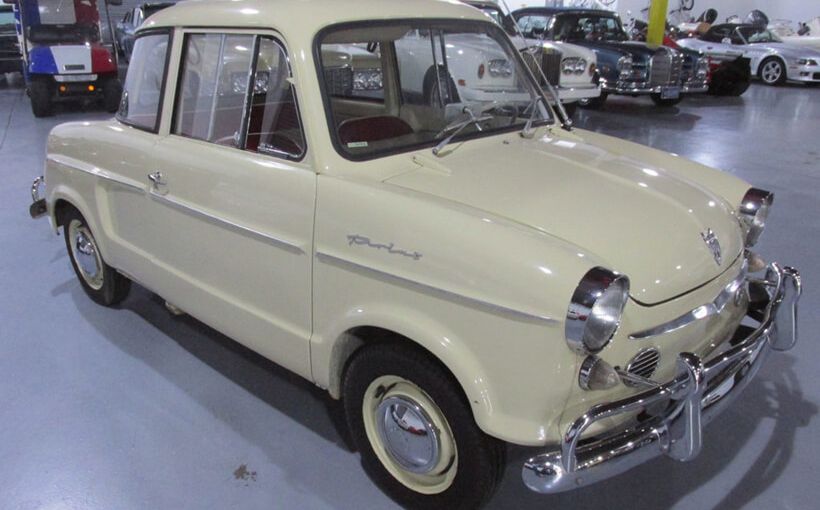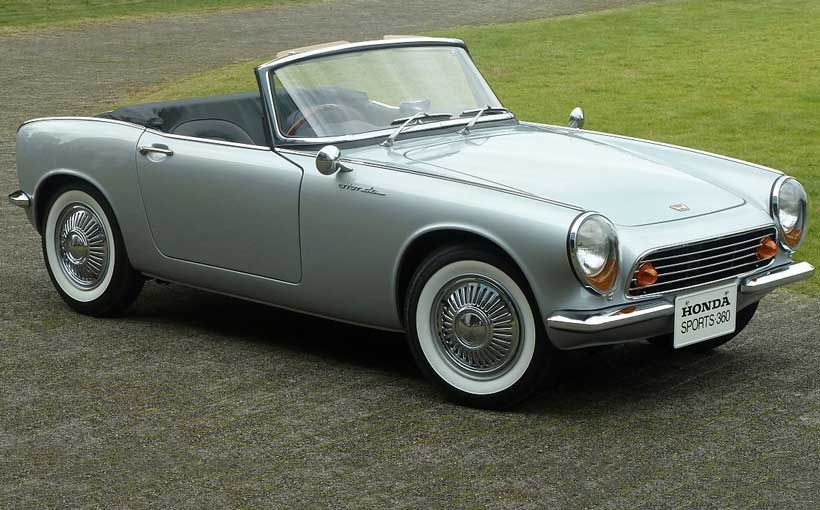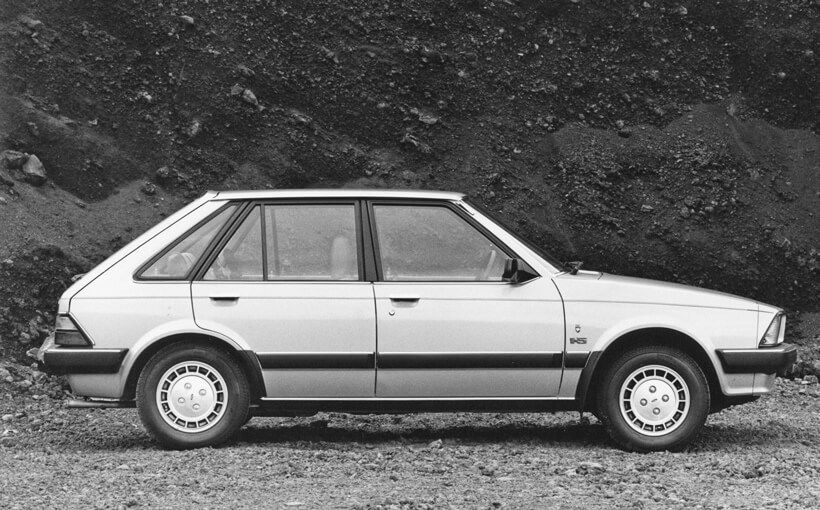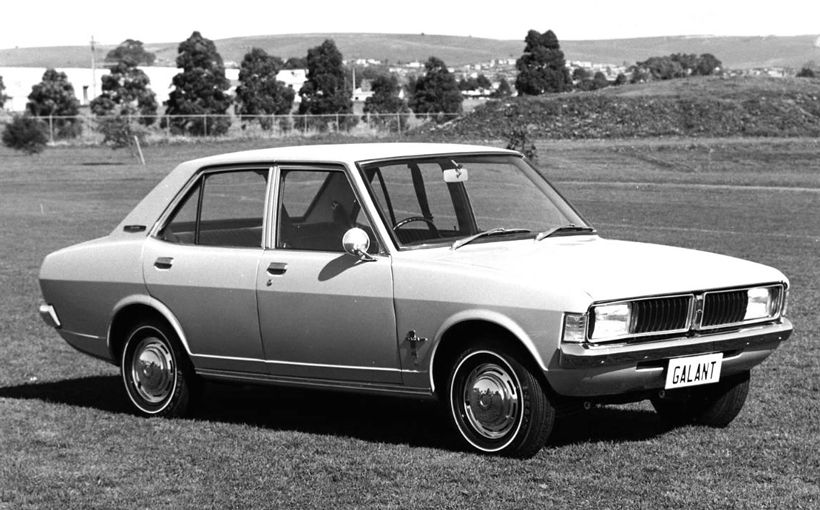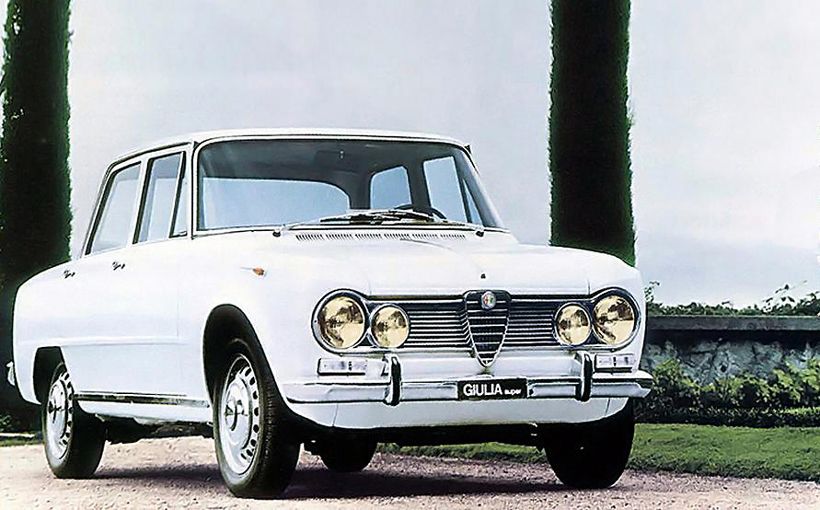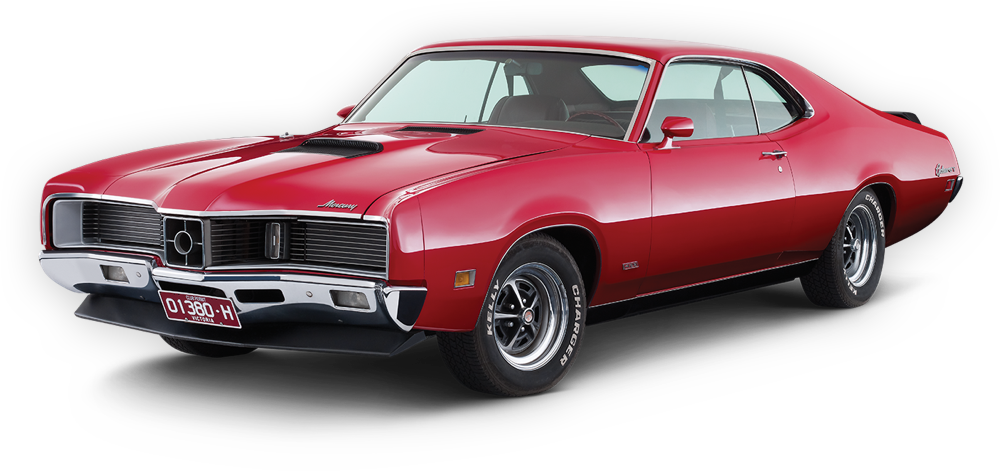Historic Emergency Vehicle Display: Honouring a Heritage Unique to Australia

The first ever combined display of historic vehicles from the four branches of Victorian emergency services was held on Saturday, October 26, 2013. Part of History week in Victoria, the vehicles were shown at the Fire Services Museum’s Workshops in Newport, in Melbourne’s west.
The inaugural event, which showcased vehicles from around Australia, was declared a success despite stiff competition from RACV Motorclassica 2013 in the central city area.
The big question asked by visitors on the day was why the big effort put in by past and present members of these services supported by a small army of volunteers was not better exploited and made more accessible to the general public. Although the Newport venue gave visitors a bonus peek inside the amazing historic Fire Services workshops, it was not as accessible as it could have been.
Held as part of the Motorclassica weekend in the central city area such as Federation Square, it would be a compelling extra reason for enthusiasts from interstate and overseas to make the trip to Melbourne. Because not every Australian state has the volunteer base and restoration facilities of the well-established historical societies in Victoria, significant vehicles from all over Australia facing the scrap heap are being sent to Victoria to be preserved and restored.
At a time when all four branches of the emergency services are attempting to educate the public and enlist their support on a wide range of civil issues including fire strategies, road safety, health and safety practices, the display was an opportunity wasted.
The enthusiasm and resources of the Fire Services Museum of Victoria, Ambulance Victoria Historical Society, State Emergency Service Museum and the Victoria Police Historical Society would come as a surprise to most. All four branches attract supporters of both genders and all ages as an involvement allows families to maintain past and present connections through the vehicles.
Talking to former employees who were responsible for serving some of Australia’s remote areas, it was a way of life and not just a job. Ambulance crews would spend time off duty door-knocking for funds in their local area to keep their services viable.
Arguing over the merits of various car manufacturers is not an academic exercise at this sort of event. There was a refreshing pragmatism missing from most historic vehicle displays.
Either a fire engine did its job and got to the fire in time to save lives or it didn’t. Ambulance crews in remote areas were even more pragmatic. If an ambulance couldn’t travel at high speed over poor roads and reach a regional centre in time to save a life, it was a liability. Equally, lone police officers in isolated areas were totally dependent on the vehicles assigned to them to do their jobs over all roads before 4WDs were assigned to these areas.
Australian isolation and a heavily protected market meant that most ambulance and fire service vehicles had to be purpose-built from what was available. Local coachbuilders sprung up to meet the special requirements, often started by ex-emergency service members who knew what was needed.
After World War II, the 1949-51 Ford Custom V8s were popular starting points with their separate chassis to support special ambulance bodies and V8 engines to haul the extra weight. Local Dodge-DeSoto-Plymouth models joined the big Fords after 1952 but their side-valve sixes usually required attention every 30-40,000km. Not all drivelines are suited to the punishing workout most emergency vehicle face from start-up.
Districts that couldn’t afford extra purpose-built ambulances would supplement their fleets with Ford V8 “rear-loaders”, usually Custom or Customline sedans with their back seats removed so patients could be loaded through the boot.
Locally-built vehicles with separate chassis tended to be preferred so the hefty Mainline with its X-braced chassis and V8 grunt became a favourite. After the Chrysler Royal switched to a V8 and a decent transmission, it became the main replacement for the big Fords after 1959 and was also highly regarded. Studebakers were also used during this period. Poor braking was an issue on all these vehicles.
As the Chrysler Royal was phased-out, the Humber Super Snipe and Ford Galaxie were often chosen. The final 1967-68 Australian Galaxies with their big 390 V8 engines, reliable transmissions, front disc brakes and even ride were a favourite but expensive. They were supplemented by local Fairlanes and various Holdens.
New equipment and procedures made air-conditioning and a standard size and layout desirable. The phasing-out of passenger cars with separate chassis forced ambulance services to look elsewhere.
At this point, the locally assembled Ford F100 was trialled but proved a disaster with poor suspension, braking, inadequate wheels and tyres and a six cylinder engine that would strip its fibre timing gear under duress. Ambulance crews had to build special trailers to recover them.
Local suspension upgrades, special Sunraysia wheels and tyre developments along with the local version of the Cleveland V8 changed all that. The Holden One-Tonner became an important supplement with its full-chassis, front disc brakes and V8 option.
After the Holden WB series was withdrawn in 1985, local ambulance services became dependent on light commercials.
The choice of police vehicles and why makes an equally interesting story. Like the ambulances in 1985, a new chapter will soon be forced onto police vehicles as full-size rear drive Australian cars are withdrawn from the market with their choice of powerful six-cylinder and V8 engines. As in the US following the withdrawal of the Ford Crown Victoria, their replacements might be compromised in one area or another.
The overwhelming take from the October 26 display is how big a part the local automotive industry backed by clever local suppliers played in getting the right vehicles on the road to keep the community safe. Because this history is so unique to Australia, the preservation of representative vehicles and a chance to showcase them in all states appear to be a worthwhile development.















